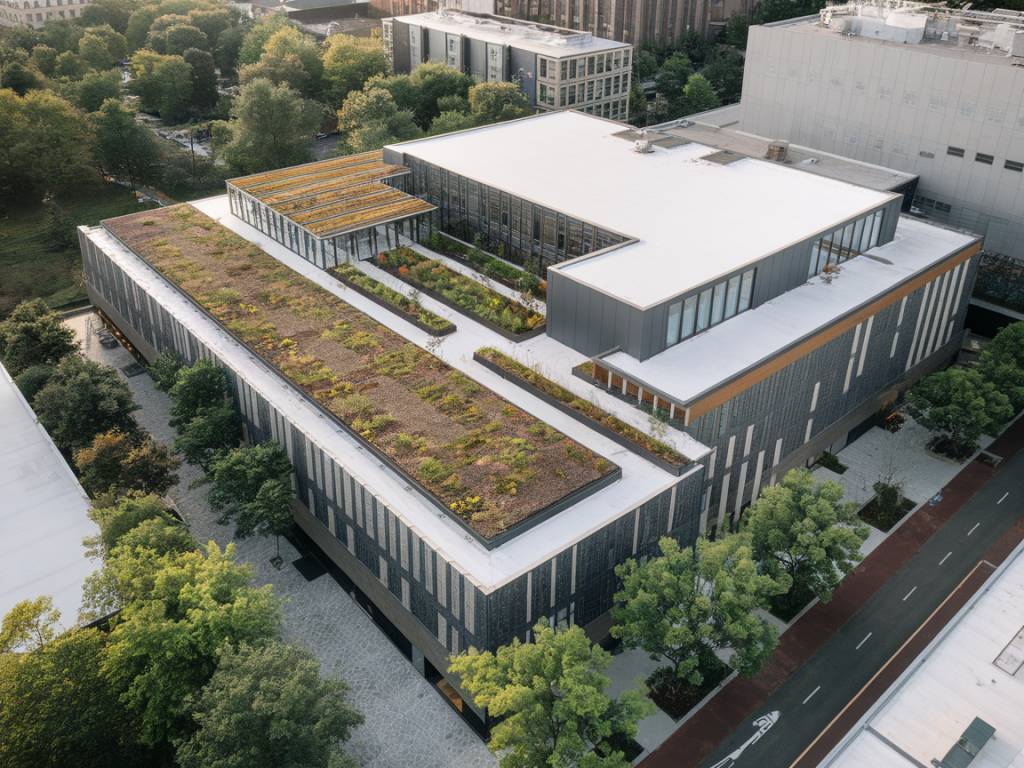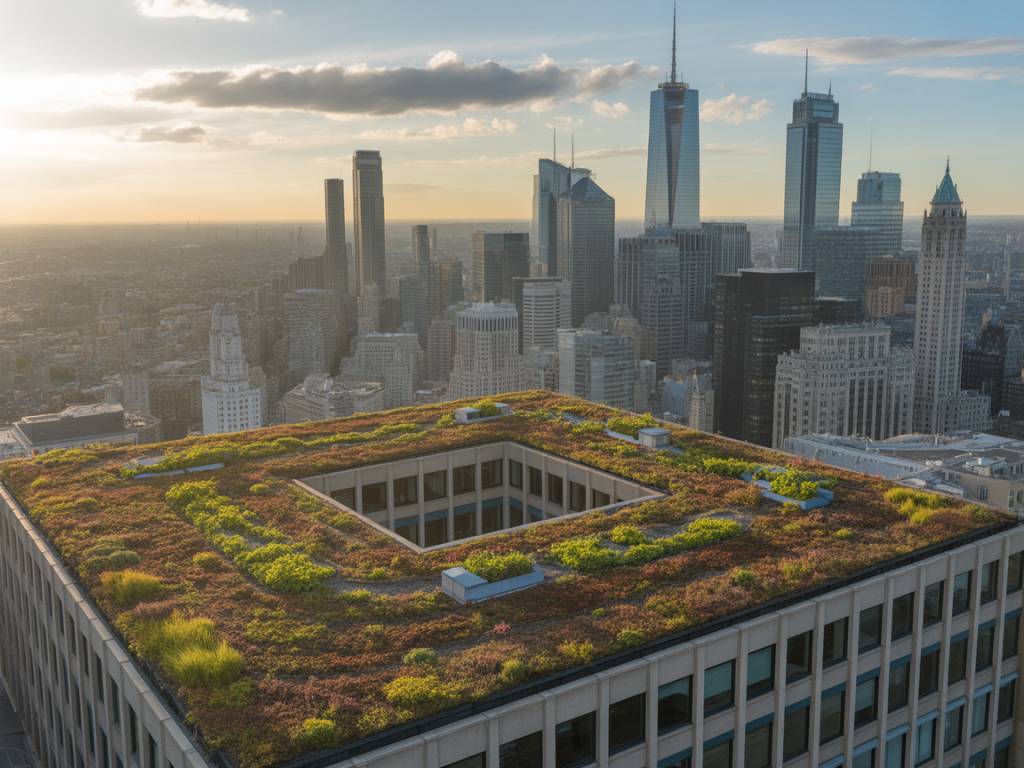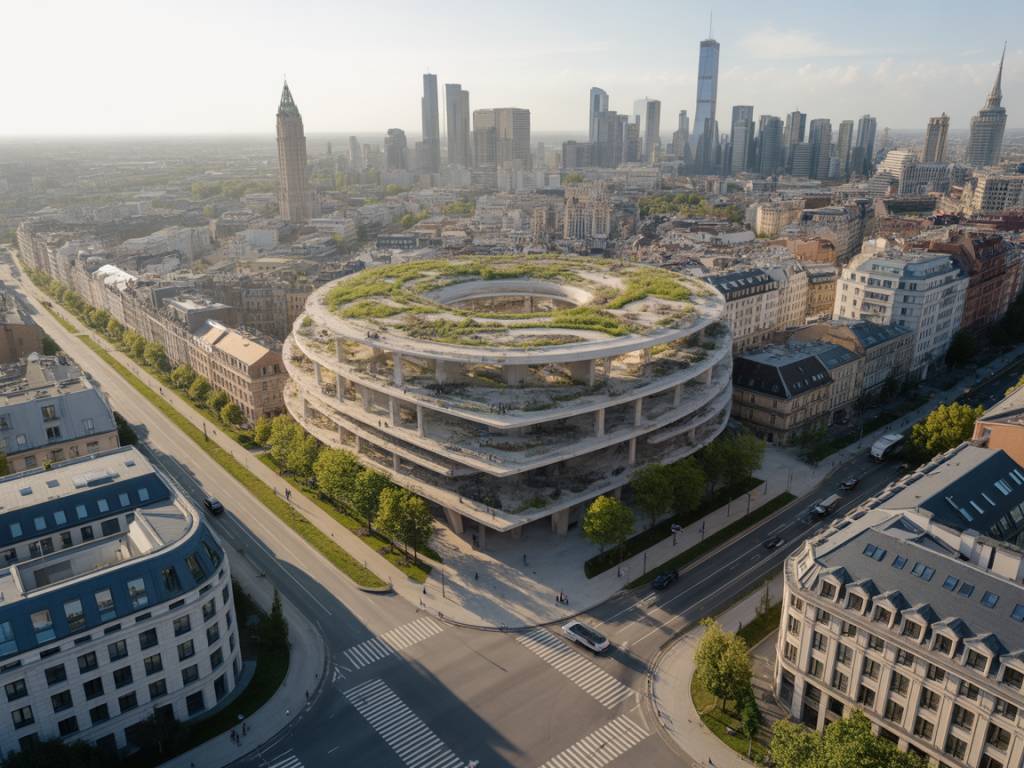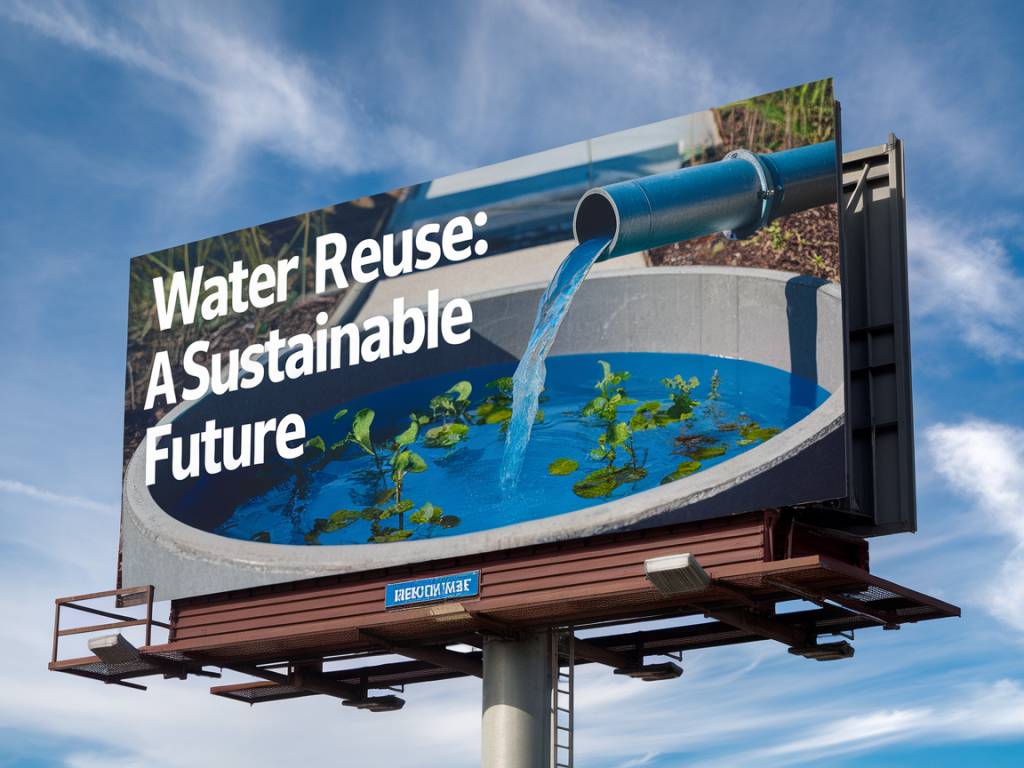The Role of Cool Roofing in Sustainable Urban Development
In the bustling heart of urban environments, where skyscrapers touch the sky and people rush by like bees in a hive, sustainability might seem an elusive dream. Yet, it’s precisely in these concrete jungles that ingenious solutions like cool roofing can make a world of difference. But what exactly is cool roofing, and why should city dwellers pay attention to it? Let’s delve into the benefits of cool roofing systems and their pivotal role in sustainable urban development.
Understanding Cool Roofing
Cool roofing refers to roofing systems specifically designed to reflect more sunlight and absorb less heat than standard roofs. The magic lies in the materials used, which are optimally reflective and emissive. Simply put, while traditional roofs can reach temperatures of up to 65°C (150°F) or more, a cool roof stays markedly cooler, often 10°C-15°C closer to ambient temperatures. The question is, how can this seemingly small change trigger significant environmental benefits?
Lowering Urban Heat Islands
Ever noticed how cities are remarkably warmer than their rural counterparts? This phenomenon, known as an urban heat island (UHI), results from human activities and dense building materials that absorb heat. Cool roofs help combat UHIs by reflecting sunlight and heat away from buildings. Imagine walking through a metropolis where the streets are cooler and your ice cream doesn’t start to melt the moment you step outside. It sounds idyllic, and with cool roofing, it’s achievable!
Energy Efficiency and Cost Savings
Cool roofs can lead to substantial savings on energy costs. By reducing the need for air conditioning, they cut down on electricity bills, offering relief especially during peak summer months. It’s a breath of fresh air for homeowners and businesses alike. An anecdote from a business owner reveals that she was able to lower her company’s annual cooling costs by 20% after installing a cool roofing system. Who wouldn’t want to save money while also treading lightly on the planet?
- Reduction in cooling energy use by up to 20% in urban areas.
- Decreased peak electricity demand, benefiting the grid.
- Extended lifespan of the roof with reduced maintenance needs.
Environmental Impact
Let’s talk emissions. By reducing energy consumption, cool roofs also indirectly cut down greenhouse gas emissions. How? The less energy we use, the less fossil fuel we burn, reducing our carbon footprint. It’s like giving Mother Earth a much-deserved break! Plus, by diminishing the local heat island effect, these roofs can help mitigate impacts of climate change right in the heart of urban zones.
Enhancing Urban Aesthetics
Beyond the practical benefits, cool roofs can adapt to various urban aesthetics. With a plethora of materials, colors, and textures available, they complement city architecture beautifully. Imagine roof gardens and terraces that double as eco-friendly havens above the city—a perfect blend of form and function!
A Step Towards Resilience
Urban areas inherently face unique climate challenges, from heavy rainfall to extreme heat. Cool roofing can fortify buildings against these adversities, offering resistance to UV damage and thermal variability. Think of it as adding a protective layer to city buildings, much like armor on a medieval knight. Ready to charge into battle against climate adversities!
Implementation Challenges and Solutions
No worthwhile endeavor is without its hurdles, and cool roofing is no different. Challenges such as initial costs, material compatibility, and aesthetic concerns can pose barriers. However, addressing these through government incentives, technological advancements, and community engagement can pave the way for widespread adoption. Picture this: a city where every building contributes to a sustainable future, not just through legislation but through enthusiastic community support and innovation.
A Call to Urban Mission Enthusiasts
Here we are, at a juncture where urban-dwellers, environmentalists, and city planners can unite—a rallying cry for those dedicated to creating sustainable cities. Cool roofing is not just an architectural choice but a part of a broader narrative focused on ecological balance and economic savvy.
Are you ready to explore the potential of cool roofs in your environment? Let’s make those rooftops not just functional scores, but canvases for sustainable impact. Whether you’re a city planner, a homeowner, or a curious wanderer in this urban mission, remember—every step towards sustainability is a step towards a cooler, greener future.
Join the conversation! How do you see cool roofing playing a role in your city? Share your thoughts and experiences in the comments below. Let’s continue this mission towards a vibrant, sustainable urban world together.




